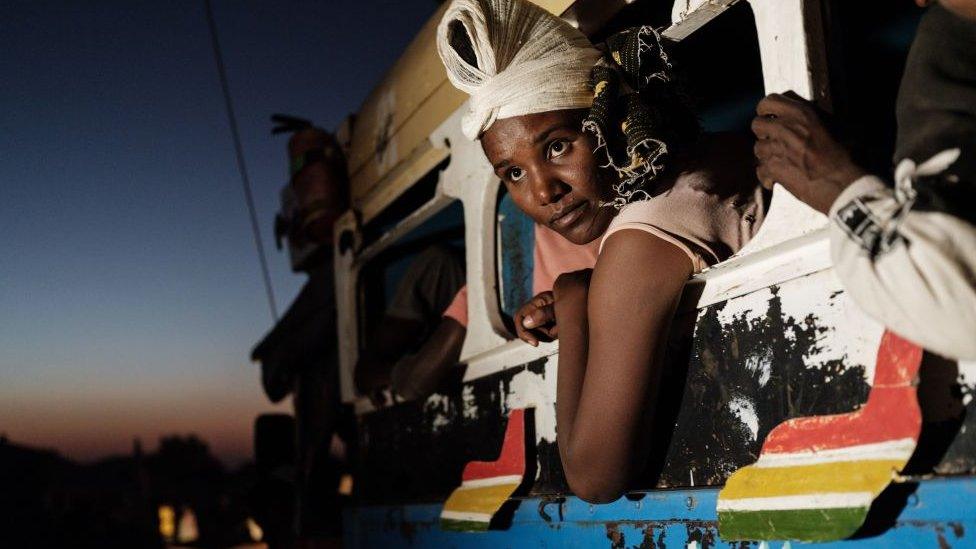Ukraine: Online posts 'transform' war crimes documentation
- Published
How do you prove a war crime has been committed?
Images posted online will be crucial in prosecuting war crimes in Ukraine, according to UK legal experts.
A law professor said the use of bomb footage from Yemen during a mock war crimes trial showed how images shared online had "transformed" the documentation of atrocities.
One online investigator said there was "so much" useful and verifiable information in warzone footage.
But experts also said eyewitness accounts must not be overshadowed.
Cases against individuals who have committed war crimes in Ukraine could depend on social media posts about unlawful killings, wartime sexual violence and torture, said Prof Yvonne McDermott Rees, who runs the Open Source Research for Human Rights project at Swansea University.
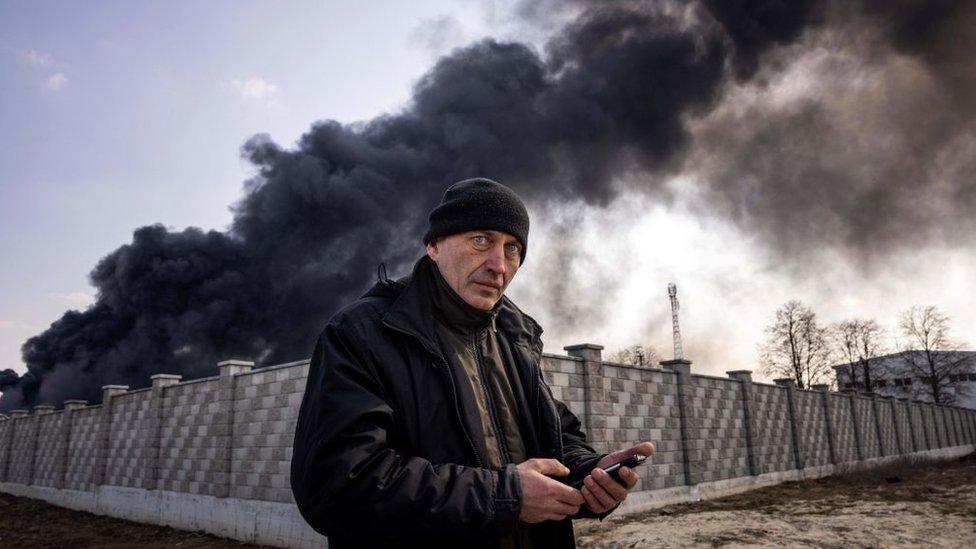
Images shared online have "transformed" the documentation of atrocities, legal experts say
She said material, known as open-source information, had "completely transformed our way of knowing about human rights violations".
"We're seeing increasingly the UN commissions of inquiry, fact-finding missions, even the International Criminal Court in the Hague, using this kind of evidence," she explained.
Prof McDermott Rees said open-source information had also been used in Swedish and Dutch courts to prosecute members of the so-called Islamic State returning from Syria.
Open-source information is information that is freely available online.
"A video of a beheading that's recorded or shared on YouTube or Facebook... is evidence," she said, adding that similar material was recently tested for use in a UK court.
In 2018, unverified footage of the aftermath of a deadly airstrike on the office of the presidency in Sana'a, the capital of Yemen, was posted on Twitter.
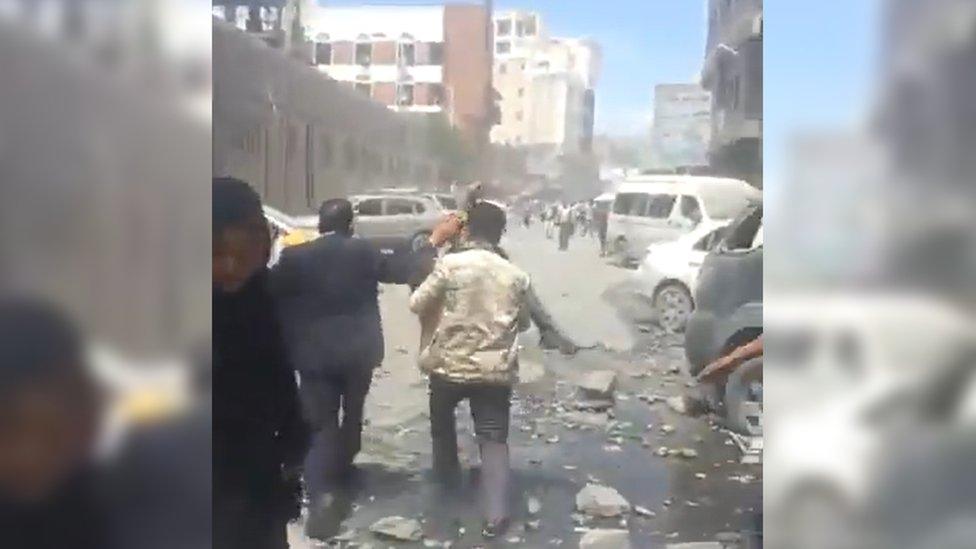
People were seen lifting injured people from the rubble following an airstrike in Sana'a, Yemen
The open-source investigative website, Bellingcat, used geolocation, satellite imagery and comparisons of hundreds of images to document the attack, external.
Their evidence was then presented in the mock trial of a fictitious Saudi pilot accused of war crimes.
"We wanted to see if one of these videos would be accepted as evidence in a common-law court in England and Wales," said Nick Waters, the justice accountability lead at Bellingcat.
He said the result was a methodology "we're now using to collect and verify incidents in Ukraine".

Six people were reported to have died in an airstrike in Yemen, footage of which was then used in a mock war crimes trial in the UK
The problem, said Prof McDermott Rees, is that in the midst of war, bystanders are rarely thinking about a criminal trial.
"They're sharing it with the intention of showing the world what they've witnessed," she explained.
Bystanders are being encouraged to film landmarks and known buildings in their footage of war crimes and to use a mobile phone app developed by the International Bar Association, called eyeWitness, external.

A young woman with a mobile phone takes pictures of a destroyed Retroville shopping centre in Kyiv following a Russian shelling attack
"It does things like capturing the metadata, the time, the date, the place where this piece of content was recorded," she said.
"If you are recording this, as well as showing the injuries suffered, the weapon, see if you can include landmarks or buildings in the background."
She said Witness, a charity that uses videos to document human rights abuses, has published guidelines on how bystanders can gather images, external that will be acceptable for use in courts.
War crimes investigators are also fighting against the widely held view that online images cannot be trusted.
"That misses out on the fact that there is so much useful and verifiable information being posted on the Internet," Mr Waters said, adding that it is difficult to fake incidents online because real events come with a pattern of tweets from multiple sources.
"With the advent of social media, of smartphones, you effectively have an incredibly powerful information network where people are able to take pictures and take videos of the events," Mr Waters added.

The presence of mobile phones in war zones has been a gamechanger
Solicitor Dearbhla Minogue works with the human rights charity, Global Legal Action Network, external and Bellingcat,
She said viewing a video of something happening is a lot more compelling than hearing somebody talk about it.
"Think about... the death of George Floyd," said Ms Minogue.
"People actually saw that happening in real-time, including the jury, by watching what was filmed by a passer-by.
"That impacted the outcome of that trial because it was no longer one person's word against another person's."
The University of California has developed rules for the use of digital open-source material, called the Berkeley Protocol, external.

War in Ukraine: More coverage
WAR CRIMES: Are atrocities part of a strategy?
ANALYSIS: Why is Russia losing so many tanks?
READ MORE: Full coverage of the crisis, external

The question facing war crimes prosecutors, Ms Minogue said, is how to reassure a judge that the video is not faked or manipulated for political reasons.
"With a video that just appears online purporting to be the aftermath of an airstrike, how do we know that it is what it says it is?" she said.
"That it's not staged or faked or these issues that are being raised by Russia in the context of these Bucha videos."
Ms Minogue said the normal way in domestic courts is to call the person who filmed it to give evidence in court.
"But in the cast of open-source information, where you don't have the creator, you can't ask them how they created it, whether they manipulated it [or] whether someone else could manipulate it.
"Using the information in the video and comparing it with other satellite imagery or other videos showing the same event, they can piece together all these bits of content and assess whether they think it real or fake."
"Russian soldiers raped me and killed my husband"
Prof McDermott Rees warned that while open-source material can help, "it's important not to lose the human side in all of this".
She said: "In Yemen, this kind of evidence wasn't seen on its own, it was in close collaboration with accounts that were gathered by NGOs on the ground."
In Ukraine, she said evidence of rape had been documented in the testimony of survivors, "so it's really important that we don't underplay the importance of those human accounts".
"It's about showing that when international crimes are committed, they're not committed with impunity," Prof McDermott Rees said.
"So this work in documenting and gathering information… we have to make sure that's going to stand up in court and that we'll see justice.
"All of us are seeing this really disturbing content coming out of Bucha, other areas in Ukraine and I think universally we want to see justice done."
- Published13 April 2022
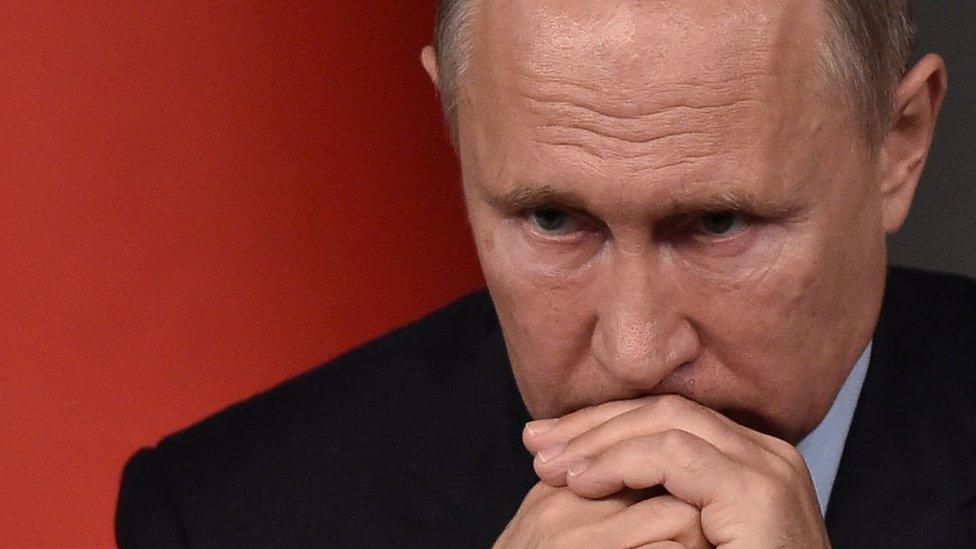
- Published5 April 2022
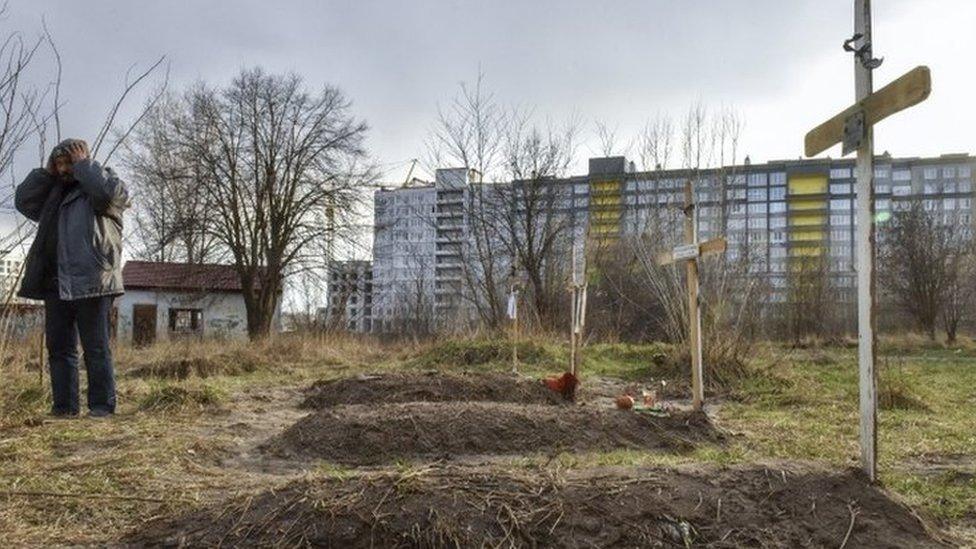
- Published6 April 2022
